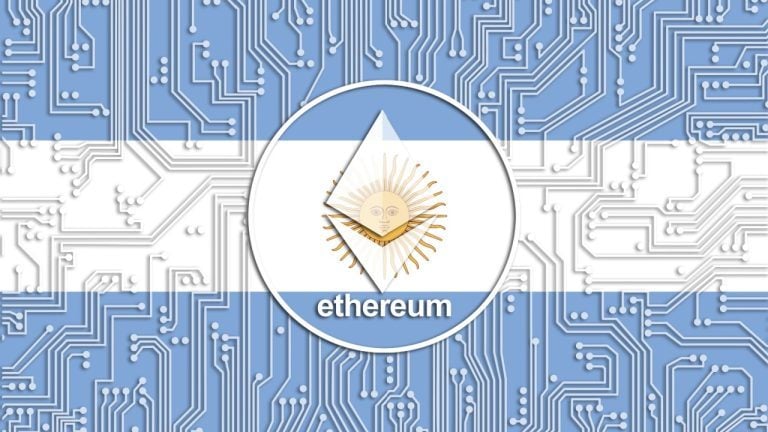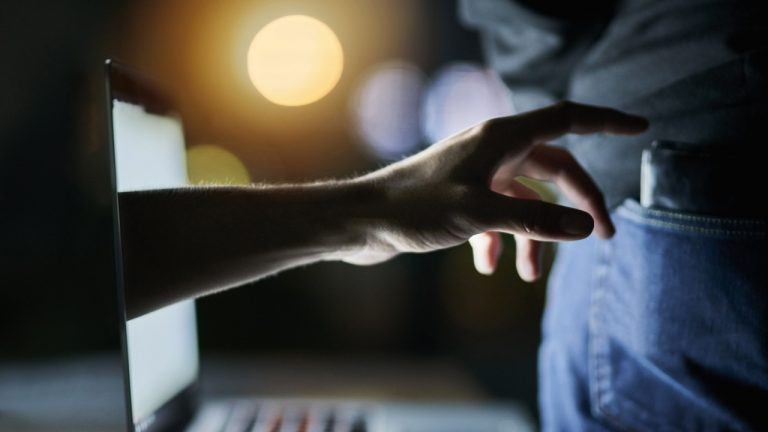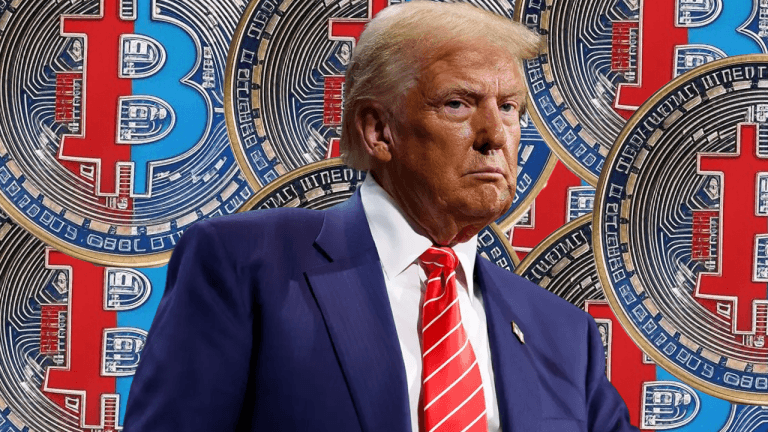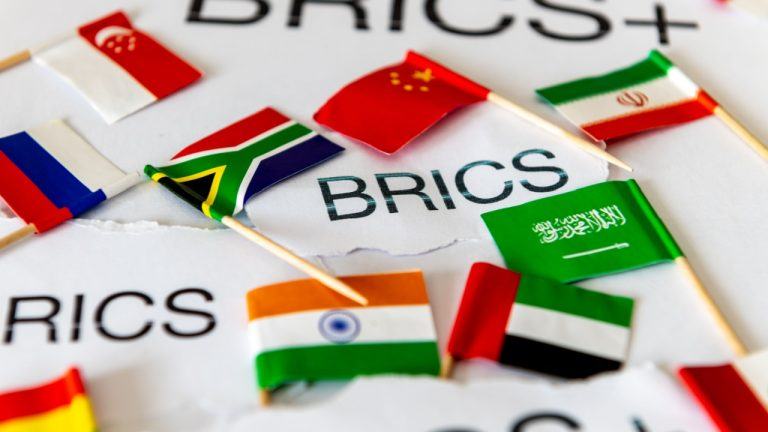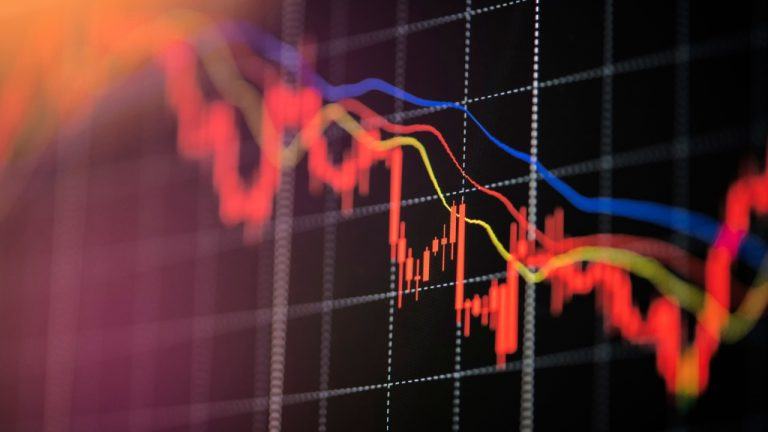
Who paid for Twitter Blue verification? Here’s how to find out
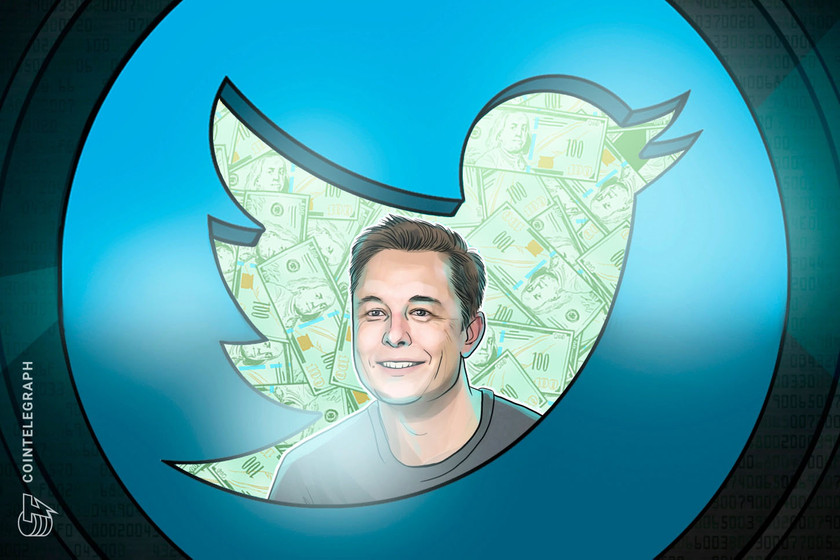
Under the direction of Elon Musk, Twitter rolled out the ‘Twitter Blue’ subscription as a means to discourage spam bots and fake accounts on the platform.
With Twitter allowing users to verify their accounts for a monthly fee, the number of accounts with a blue checkmark — previously associated with prominent figures — has flooded the social media platform. A browser extension available for Chrome, Firefox and Safari plans to bring back the balance by revealing the accounts that have paid $8 for subscribing to Twitter Blue.
Under the direction of Elon Musk, Twitter rolled out the ‘Twitter Blue’ subscription as a means to discourage spam bots and fake accounts on the platform. However, when the service was initially launched in November 2021, trolls took it as an opportunity to verify parody accounts and propagate fake information.
While a subsequent KYC requirement stifled the account verification of suspicious accounts, the number of verified accounts on Twitter skyrocketed — reintroducing doubt among users. A browser extension named Eight Dollars allows users to spot the difference between actual verified accounts and Twitter Blue users.
This Chrome extension is very useful!!
Twitter now doesn’t show whether accounts are verified or paid, but this plugin called Eight Dollars does.
Very useful in distinguishing a genuine account from the sad sap reply guys who paid for the blue check. https://t.co/ggRjNyZmBv pic.twitter.com/q7waI2EiK1
— m (@mayavada) April 2, 2023
The extension shows how each account gained its verification badge. For users that paid for the Twitter Blue subscription, the extension will display a ‘paid’ text right next to the blue checkmark. For the rest, it will simply show ‘verified.’
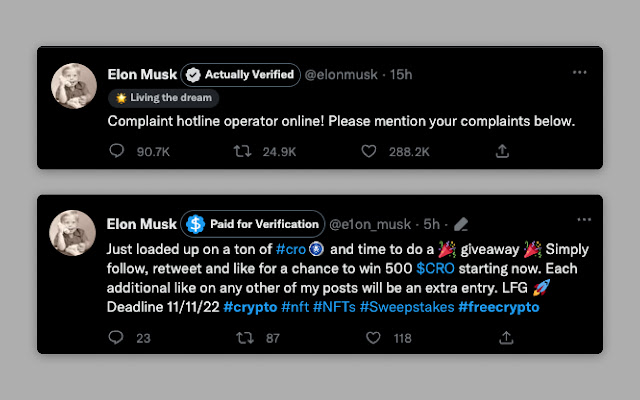
The above screenshot shows an example of how a parody account of Elon Mush paid for verification. As a result, the extension helps identity scam accounts.
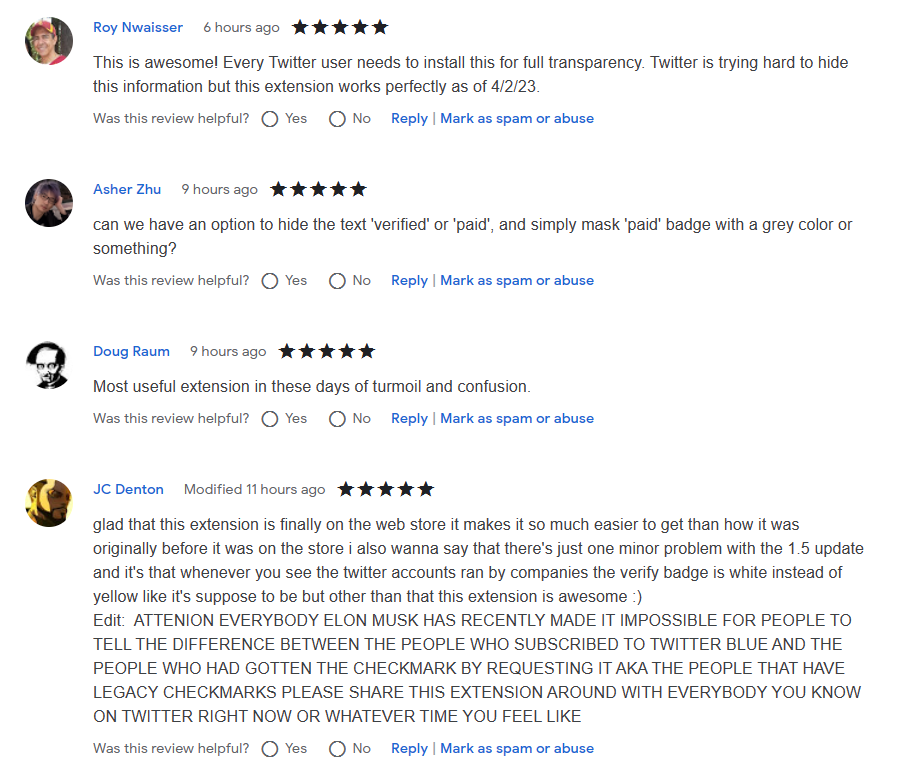
Moreover, Twitter users showed support for the software extension as it effectively reintsates transparency across the social media platform, as evidenced by the screenshot of the reviews above.
Related: ‘CryptoGPT’ Twitter accounts spring up as hashtag trends on Twitter
Musk, along with more than 2,600 tech industry leaders and researchers, signed an open letter calling for a halt on artificial intelligence (AI) development.
We’re calling on AI labs to temporarily pause training powerful models!
Join FLI’s call alongside Yoshua Bengio, @stevewoz, @harari_yuval, @elonmusk, @GaryMarcus & over a 1000 others who’ve signed: https://t.co/3rJBjDXapc
A short on why we’re calling for this – (1/8)
— Future of Life Institute (@FLIxrisk) March 29, 2023
The request, however, split the community as many notable entrepreneurs opposed the petition.
Count me among the people who think this is a bad idea.
There are no “experts” to adjudicate this issue, and many disparate actors will never agree. Committees and bureaucracy won’t solve anything.
As with many technologies, there are dangers, but we should keep marching… https://t.co/iM0sKOVTaw
— Brian Armstrong (@brian_armstrong) March 31, 2023
Armstrong believed that every technology poses a certain amount of danger, but the goal should be to keep moving forward.
Magazine: Simon Dixon on bankruptcies, Celsius and Elon Musk: Crypto Twitter Hall of Flame
Go to Source
Author: Arijit Sarkar

